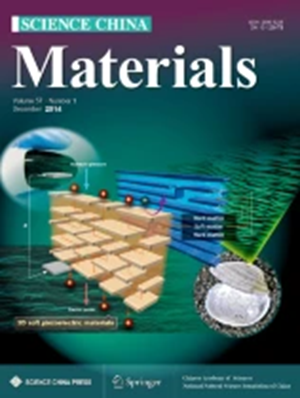Evaluating the role of oxygen vacancies in CO2 photothermal catalytic reduction to methanol over 2D Bi2WO6
Abstract
Oxygen vacancies play a vital role in the adsorption, activation, and subsequent reduction of CO2 to methanol. This work presents the preparation of two-dimensional Bi2WO6 nanosheets with different oxygen vacancy concentrations (BWO-OV1, BWO-OV2, and BWO-OV3) and the evaluation of their catalytic activity in the photothermal catalytic reduction of CO2 to methanol. The oxygen vacancy concentration has played a decisive role in controlling the methanol yield. The BWO-OV2 catalyst with the highest oxygen vacancy concentration (13.9%) accomplishes the maximum methanol yield (82.45 µmol/(g h)). This is because the oxygen vacancies enhance the adsorption and activation of CO2 in the form of CO2−, broaden the light adsorption range, and promote light-induced charge carrier separation. Also, BWO-OV2 exhibits 1.91 and 3.28 times higher catalytic activity in CO2 reduction while being used under photothermal catalytic conditions than being employed under photocatalytic and thermal catalytic conditions, respectively. In line with the in-situ Fourier transform infrared spectroscopy and computational analysis, the external heat indiscriminately promotes the adsorption and further conversion of all involved intermediates but the light irradiation selectively enhances the adsorption of CO2−, HCOO*, and CH3O* species. The findings of the present work might provide key mechanistic insights into understanding the role of thermal and light irradiation in photothermal catalysis.

 求助内容:
求助内容: 应助结果提醒方式:
应助结果提醒方式:


